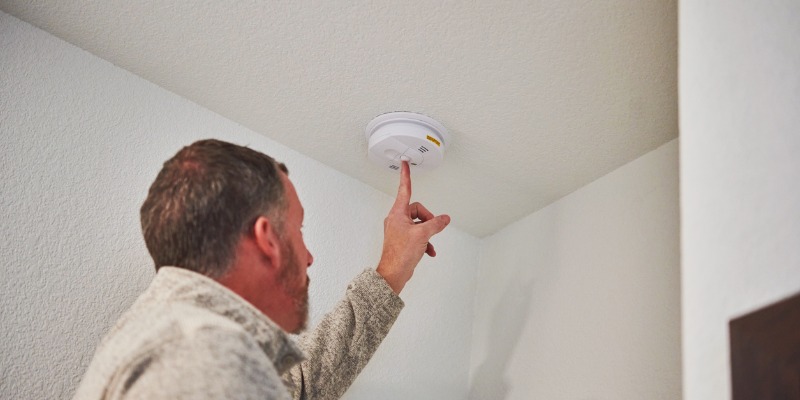Carbon monoxide (CO) alarms work by detecting the presence of CO through chemical reactions. The detectors are equipped with either an electrochemical sensor or a metal oxide semiconductor, both of which react with CO in the air. If the CO concentration reaches a dangerous level, the detector will trigger an alarm to alert those nearby.
Carbon monoxide is a deadly gas that also happens to be odourless, colourless, and tasteless. To protect your family from the dangers of CO exposure, it’s essential to have working carbon monoxide alarms installed in your home.
How to Check Your Carbon Monoxide Detector
Checking that your carbon monoxide alarm is functioning must be done regularly. You can do this by pressing the “test” button on the alarm and listening for a beep. If you don’t hear a sound, replace the batteries or check the associated breaker and test the alarm again. If the alarm still doesn’t work, replace it with a new one. Additionally, you should replace your CO alarm every five to seven years, according to the manufacturer’s recommendations.
Upgrade Your Alarms Today
Carbon monoxide alarms are critical for home safety, but they only save lives if they’re in good working order. If you haven’t checked your CO alarms recently, now is the time to do so. Upgrading your alarms can provide peace of mind and protect your family from CO exposure found in your home.
For help with upgrading your carbon monoxide alarms, contact Air Treatment ClimateCare today. Our experienced technicians can provide you with the latest and most advanced CO detectors to ensure your household is safe and healthy.








